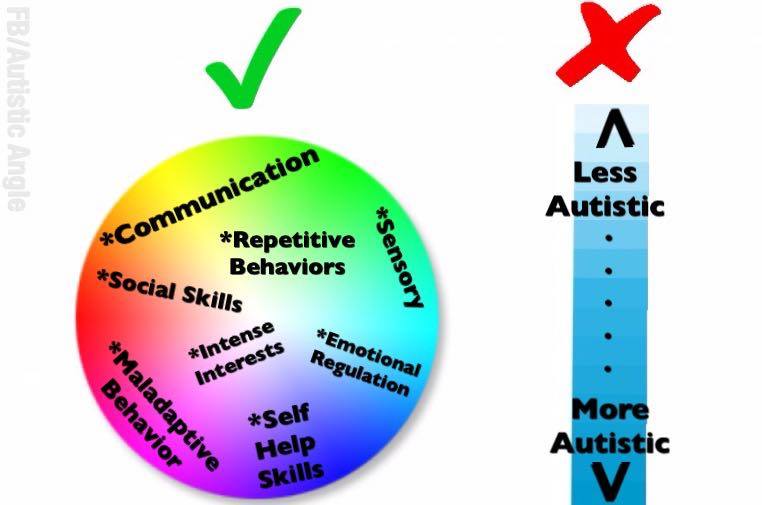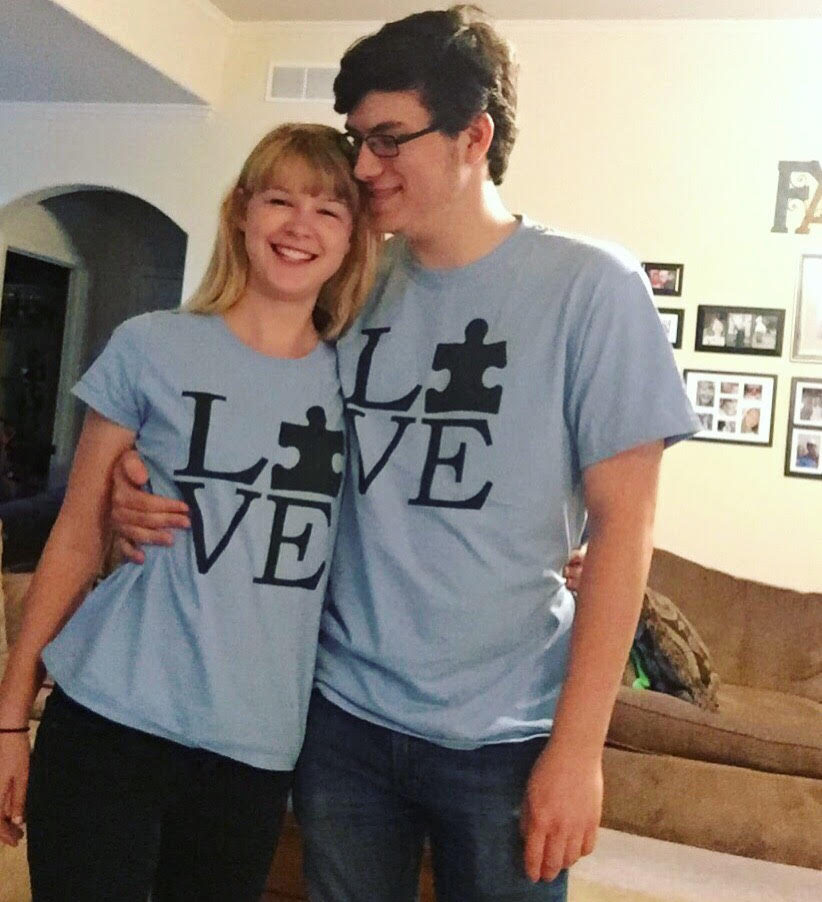As a therapist, and a person on the autism spectrum, I feel that I’ve learned a lot about what works, (and what doesn’t), with individuals who have ASD, both in the classroom, and in one on one educational settings.
As a child, my teachers were often frustrated by my off task behaviors. I was highly distractible, and I wanted to talk about anything and everything besides the lesson. I suppose they may have thought that because I’m on the spectrum, I couldn’t recognize outward expressions of frustration, or maybe they didn’t think I cared? Either way, I noticed. I was well aware of every eye roll, sigh and groan they made in response to me. It made me believe that they thought I couldn’t learn, and it impacted my already limited efforts during work times.
As an adult, I see how harmful and unnecessary that is. Can teaching be frustrating? It absolutely can be, regardless of who your students are! However, if an educator or caretaker is feeling particularly frustrated, it is advised that they step away to take a few deep breaths, and then return once they’ve recollected themselves. If the frustration continues, they may want to rethink how they’re going about the lesson or situation. Remember that if you’re frustrated, your student is most likely feeling that way as well.
Another thing I see often, is a lack of positive reinforcement for appropriate behaviors. Too often children are told, “stop that”, or “calm down!” We need to make sure they know what they’re doing right! Even on a tough day, you can always find something to praise a child for. Even if it just, “I like the way you’re sitting right now”, or, “thanks for walking with me, you’re doing great!”
I think that frequent praise, or other forms of reinforcement would’ve not only improved my work ethic, but my self esteem as well!
Lastly, educators need to understand that sitting at a table all day isn’t what’s best for all children. Many children need to move in order to remember certain concepts. Table time is something required of most children, however, in many cases, it’s best to keep it fast paced and short lived. Meaning, make sure you’re keeping your student engaged, and giving breaks frequently. Breaks can improve focus, even if they only last two minutes.
As a therapist, I provide behavior specific praise at least 15 times an hour. This is both during break time and work time! I keep work times short, and as fun as possible.
If you’re an educator, or a caretaker, remember to keep your frustrations with students behavior to yourself. Know that they’re watching you more than you may think. Let them know how awesome they are, and what specifically they’re doing right! This is one of the best ways to ensure that those positive behaviors continue.



